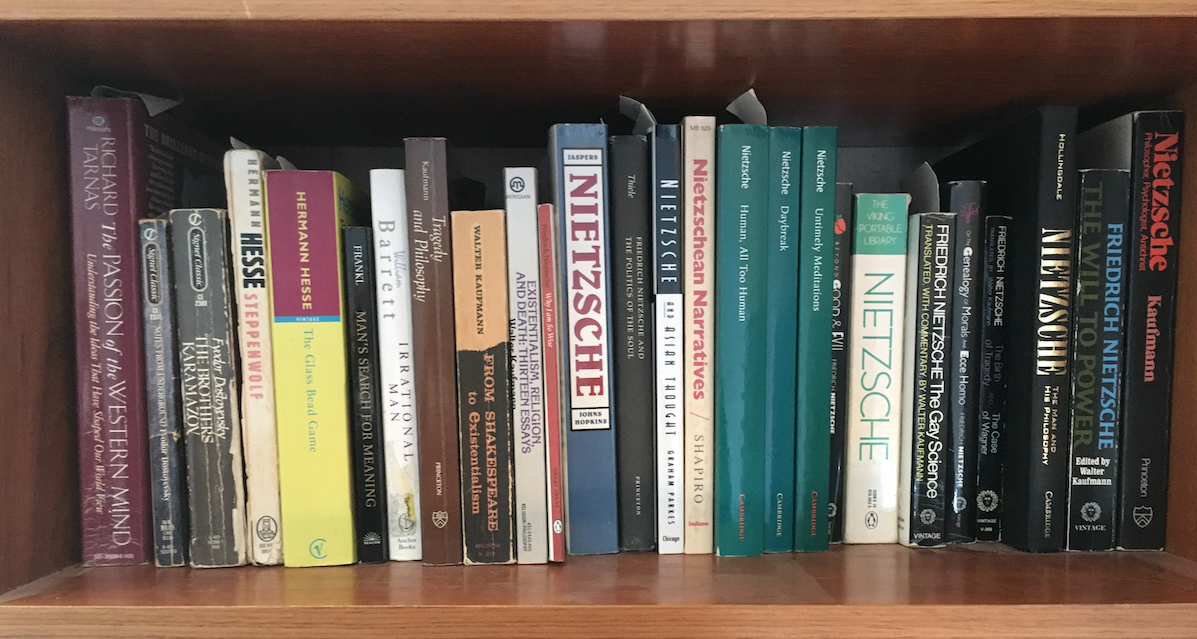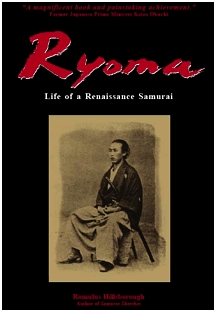Most of my books thus far turned out to be much different in published form than I had originally intended. For example, the completed manuscript for Ryoma: Life of a Renaissance Samurai, which I began writing more than thirty years ago, was nearly twice as long as the version finally published in 1999. A couple years later, when I conceived of the book that was eventually titled Samurai Revolution, I had in mind a fictionalized autobiography of Katsu Kaishu (first-person narrative) – instead of how it turned out: a non-fiction historiobiographical narrative of the Bakumatsu-Meiji Restoration era, from the perspective of “the shogun’s last samurai.” Part 2 of the 3-part Samurai Assassins (published 2017), which I began in early 2012 shortly after finishing Samurai Revolution, originally focused on two of the most notorious assassins of the era: Okada Izo and Tanaka Shinbe. In published form, of course, the focus of Part 2 is on their leader, Takechi Hanpeita, whose revolutionary Tosa Loyalist Party wreaked terror on the streets of Kyoto and Osaka during 1862. My next book about the Shinsengumi, currently in process, began earlier this year as a collection of short somewhat fictionalized stories à la Samurai Tales, around 200 pages in all, not included in my first book about “the shogun’s last samurai corps.” It has since evolved into a detailed non-fiction historiography of the Shinsengumi, from a quite different perspective and containing lots of significant information not reported in my previous book. The evolution in the writing process continues.
Think big! Create!












